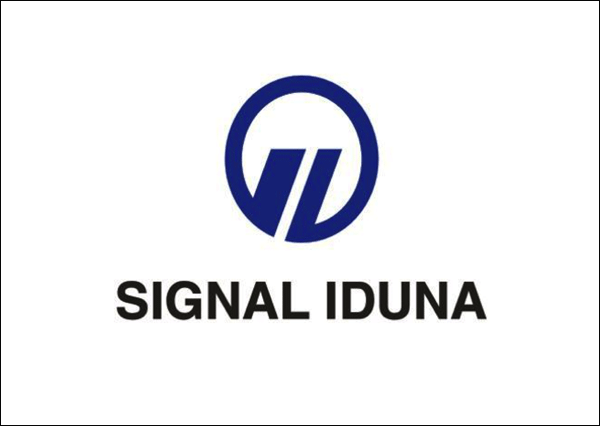
SCinterface has been successfully in use at Signal Iduna for years
The challenge for Signal Iduna
Signal Iduna Versicherung from Dortmund did not equip its employees with PCs, as is the case in most companies, but with thin clients from IGEL. The programs used by the users therefore run centrally on a terminal server. Such an architecture has clear advantages: A thin client is cheaper, more durable and easier to maintain than a PC. Security is also higher in a thin client environment, as most data is stored centrally (and thus well protected) on the terminal server.
When using a thin client, the issue of smartcards often poses a special challenge. Firstly, it makes sense to secure the connection between thin client and terminal server with a smart card. On the other hand, a smartcard in the smartcard reader of the thin client should also be usable for the applications on the terminal server. The connection to the smartcard reader must therefore be looped through the thin client and via the communication line. The thin client manufacturer IGEL also had to find solutions for these smartcard issues, otherwise the use of an IGEL thin client for Signal Iduna Versicherung and other customers would not have been possible.

Our solution for Signal Iduna
Signal Iduna opted for a solution from IGEL. IGEL, a German manufacturer based in Bremen, uses the smartcard middleware SCinterface from cryptovision. This is initially used on the thin clients and is used there to secure the communication connection. Since the IGEL thin clients are based on Linux, the Linux version of SCinterface is used.
The smartcards are also available on the client for applications on the terminal server (e.g. e-mail encryption and secure web access), whereby access to the smartcard is looped through from the thin client to the terminal server. You are not restricted to a specific card system, since SCinterface supports more than 80 card types. In the described form SCinterface has been running smoothly at Signal Iduna for years.
 CLOUD SERVICES
CLOUD SERVICES CITIZEN ID
CITIZEN ID IT SECURITY
IT SECURITY IOT and INDUSTRY
IOT and INDUSTRY PKI SOLUTIONS
PKI SOLUTIONS CREDENTIAL MANAGEMENT
CREDENTIAL MANAGEMENT SECURITY TOKEN & HARDWARE SOLUTIONS
SECURITY TOKEN & HARDWARE SOLUTIONS SECURITY APPLICATIONS
SECURITY APPLICATIONS





